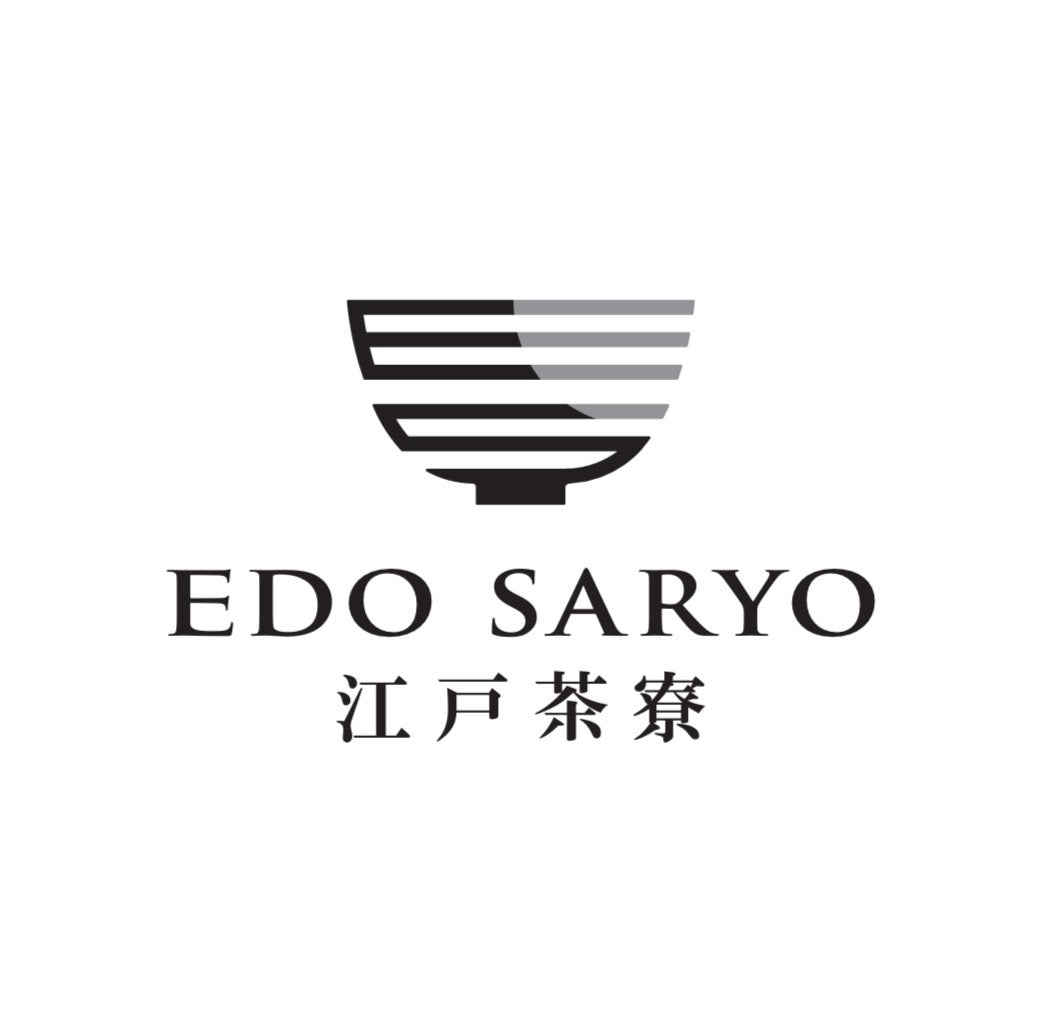Edo Saryo and Noh – The Art of Silence and Beauty
1. What is Noh?
Noh is one of Japan’s oldest and most distinguished performing arts, with a history of more than 600 years. Recognized as a UNESCO Intangible Cultural Heritage, it is a refined theatrical form that blends dance, chanting, and music to express profound human emotions, life’s impermanence, and the aesthetics of “yūgen” (mysterious elegance). Unlike the flamboyant spectacle of Kabuki, Noh emphasizes silence, stillness, and subtle expression, inviting the audience to reflect deeply. The beauty of carved Noh masks, elegant costumes, and the solemn stage atmosphere are central to its enduring appeal.
2. The History of Noh
• Origins (14th century): Noh developed from folk entertainments such as sarugaku and dengaku. It was refined into a high art by the father-son duo Kan’ami and Zeami.
• Muromachi Period: Under the patronage of the shogun Ashikaga Yoshimitsu, Noh flourished as a performance art associated with the warrior class. Zeami’s treatises, such as Fūshikaden, articulated the philosophy of “yūgen” and “hana” (the essence of artistic beauty), principles that still guide Noh today.
• Edo Period: Noh became the official ceremonial performance of the Tokugawa shogunate. It was performed at important state rituals, weddings, and celebrations, symbolizing prestige and formality.
• Modern Era: Today, Noh continues to be performed in theaters across Japan and abroad, admired for its spiritual depth and timeless themes.
3. Characteristics and Etiquette of Noh
At first glance, Noh may appear slow and minimal, but its essence lies in subtlety and symbolism:
• Noh Masks: These carved masks embody multiple emotions. Depending on lighting and angle, a mask can appear joyful, sorrowful, or serene, leaving interpretation to the viewer’s imagination.
• Movement and “Ma” (Space): Every step and pause carries meaning. Stillness is as important as action, and silence conveys as much as words.
• Chanting and Music: The chant (utai) provides narrative and emotion, while flutes and drums (hayashi) create tension and atmosphere.
• Themes: Noh explores universal human experiences—life and death, love and obsession, dreams and reality—often blurring the boundaries between the spiritual and physical worlds.
4. Noh and Edo Saryo
Although Edo Saryo is known for tea and art experiences, it shares deep cultural links with Noh.
• Spiritual Depth: Just as Noh embodies “yūgen,” tea ceremony expresses “wa-kei-sei-jaku” (harmony, respect, purity, tranquility). Both cultivate mindfulness and quiet reflection.
• Extraordinary Experience: Noh elevates daily life into a world of dream and symbolism, while tea transforms an ordinary moment into a unique encounter (ichigo ichie). Together, they provide visitors with an unforgettable immersion into Japanese aesthetics.
• Art and Craft Fusion: Edo Saryo’s tea bowl painting workshops could integrate Noh-inspired motifs—such as mask designs or textile patterns—allowing guests to carry home a piece of Noh’s beauty.
5. The Value of Noh and Tea in Modern Times
In today’s fast-paced and digital-driven world, people increasingly seek experiences that bring calm, focus, and meaning. Noh and tea ceremony both offer this: one through its solemn performance, the other through mindful hospitality. At Edo Saryo, the combination of tea and Noh allows both Japanese guests and international visitors to encounter the depth of traditional culture in a personal, memorable way. It is an experience that balances art and spirit, leaving lasting impressions beyond the performance or the tea bowl.
⸻
Edo Saryo / What is Noh / History of Noh / Noh Theater Characteristics / Kan’ami and Zeami / Yūgen / Japanese Traditional Culture / Tea and Noh / Japanese Cultural Experience / Shibuya Traditional Arts / Aoyama Culture / Harajuku Heritage

